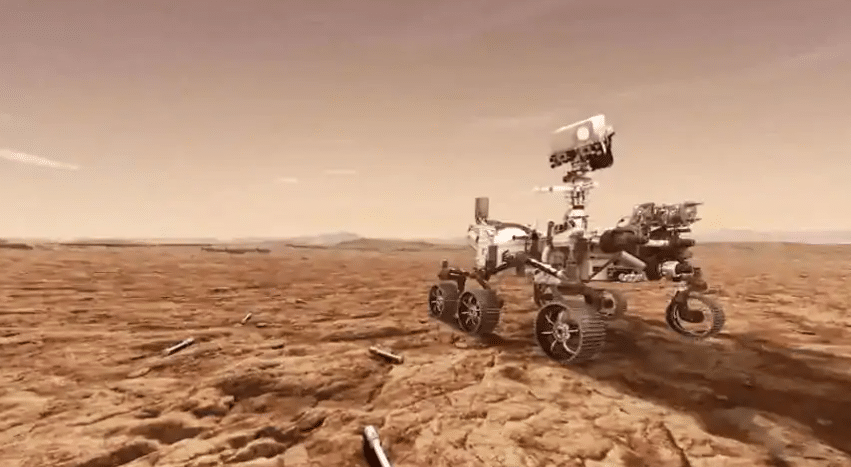
NASA’s Perseverance rover has successfully landed on the surface of Mars. The rover took off from Earth about 7 months ago. NASA has achieved this feat under the leadership of Dr. Swati Mohan, an Indian-American scientist. The Perseverance Rover will explore the possibilities of life on Mars. According to NASA, the rover landed on the most dangerous surface of Mars, the Jejero Crater, where there was once water on Thursday-Friday night.
NASA
claims that this is the most accurate landing on the rover’s Mars in history. The US space agency has also released its first image at the time of the rover’s calculation of reaching the surface of the red planet. The six-wheeled rover will gather information about Mars and also bring samples of stones. Which will show if there was ever life on the red planet.
What is special about this is Perseverance Perseverance is
NASA’s fourth generation rover. Sozoner was previously sent to Pathfinder in 1997. Sent to Spirit and Opportunity in 2004. Similarly, in 2012, Curiosity camped on Mars. NASA’s Mars missions are named Perseverance Mars Rover and Ingenuity Helicopter. According to NASA, the Perseverance Rover weighs 1000 kilograms. Which is powered by nuclear energy. This is the first time plutonium has been used as a fuel in a rover.
Landing was not easy
Perseverance Rover will operate on Mars for 10 years. It has a 7-foot robotic arm, 23 cameras and a drill machine. Thus the process of reaching the surface of the red planet of Perseverance Rover was very difficult. Before landing the rover also had to go through a time called the Terror of Seven Minutes. The rover, meanwhile, was traveling at 12,000 miles per hour and had entered the Martian atmosphere. The rover was more likely to be damaged due to the increased temperature due to friction at such times but it managed to land successfully.
Swati Mohan has been a
NASA engineer in the US since childhood. Expressing happiness over the success, Swati Mohan said that the touchdown on Mars has been confirmed. Now he is ready to search for the sign of life. Swati came to America as a child. He spent most of his time in the North Virginia-Washington DC metro area. He earned a bachelor’s degree in mechanical and aerospace engineering from Cornell University and an MS and Ph.D. in aeronautics-aeronautics from MIT.
